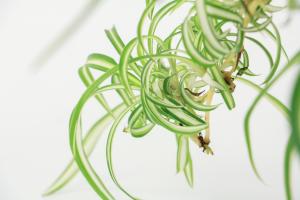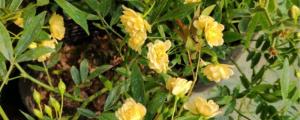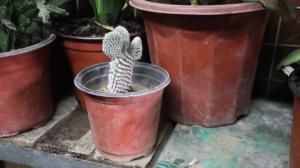How to Get Rid of Poison Ivy Plants
Identifying Poison Ivy
Before you can begin to get rid of poison ivy, you must first identify it. Poison ivy is a vine or shrub that is common in North America. It has three leaves with jagged edges and is often green in the spring and summer and then turns red or orange in the fall. To avoid getting a rash from poison ivy, it is important to be able to identify it correctly.
Protective Clothing and Equipment
When getting rid of poison ivy, it is important to wear protective clothing and equipment. This can include long pants, long sleeves, gloves, and boots. You should also wear a mask or respirator to avoid inhaling any of the poison ivy oil. Additionally, use tools like shovels, rakes, or a weed trimmer to remove the poison ivy plants. Be sure to cover your skin and wear protective clothing to avoid exposure to the plant's oils.
Herbicides
Herbicides are chemicals that are specifically designed to kill plants. There are many herbicides on the market that can help you get rid of poison ivy plants. Glyphosate is one of the most effective herbicides for getting rid of poison ivy. When using an herbicide, be sure to follow the instructions on the label carefully. Typically, you will need to mix the herbicide with water and apply it to the poison ivy leaves with a sprayer or brush. Wait for a few days and then check to see if the plant is dying. If it is not, you may need to apply the herbicide again.
Homemade Remedies
If you prefer a more natural approach to getting rid of poison ivy, there are many homemade remedies you can try. For example, a mixture of salt and water can be sprayed on the poison ivy plants to dry them out. You can also try spraying a mixture of vinegar and dish soap on the leaves of the plant. Another option is to pour boiling water directly on the roots of the poison ivy plant. It is important to note that these homemade remedies may take longer to work than commercial herbicides and may not be as effective.
Prevention
The best way to deal with poison ivy is to prevent it from growing in the first place. To prevent poison ivy from spreading, mow your lawn regularly, and keep your landscaping tidy. If you come in contact with poison ivy, be sure to wash your skin and clothing immediately to avoid spreading the plant's oils. Finally, educate yourself and others on how to identify poison ivy to avoid accidental exposure.
Conclusion
Getting rid of poison ivy plants can be a challenging task, but it is not impossible. Whether you choose to use an herbicide or a homemade remedy, be sure to protect your skin and follow the instructions carefully. And remember, the best way to deal with poison ivy is to prevent it from growing in the first place.

 how many times do yo...
how many times do yo... how many planted tre...
how many planted tre... how many pine trees ...
how many pine trees ... how many pecan trees...
how many pecan trees... how many plants comp...
how many plants comp... how many plants can ...
how many plants can ... how many plants and ...
how many plants and ... how many pepper plan...
how many pepper plan...
































